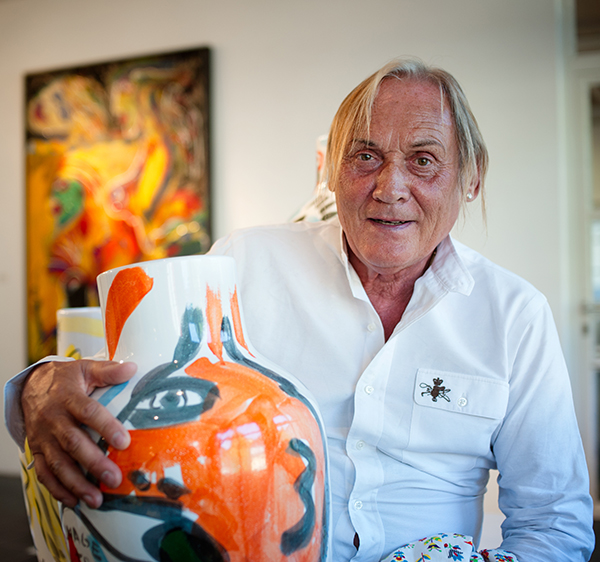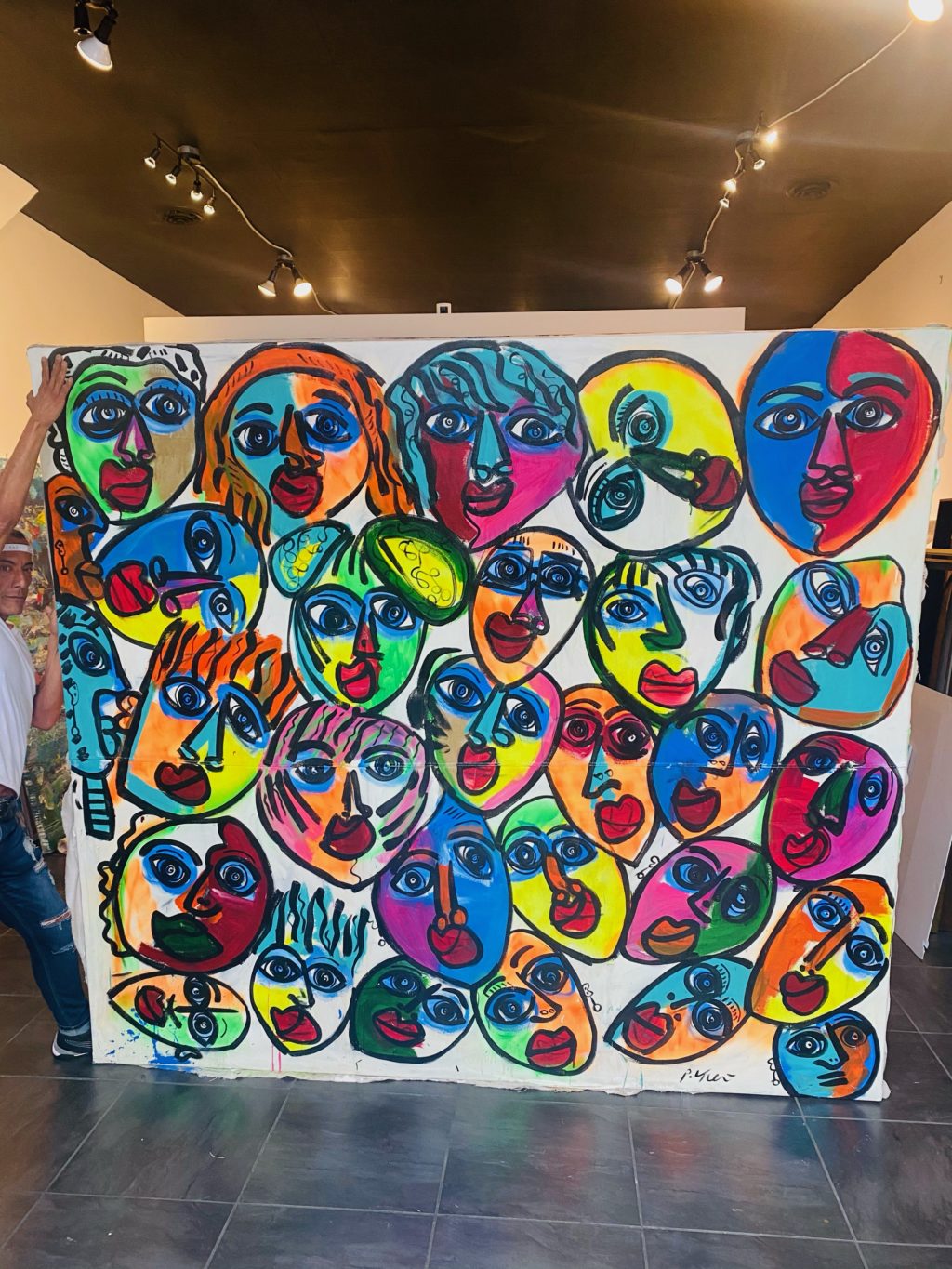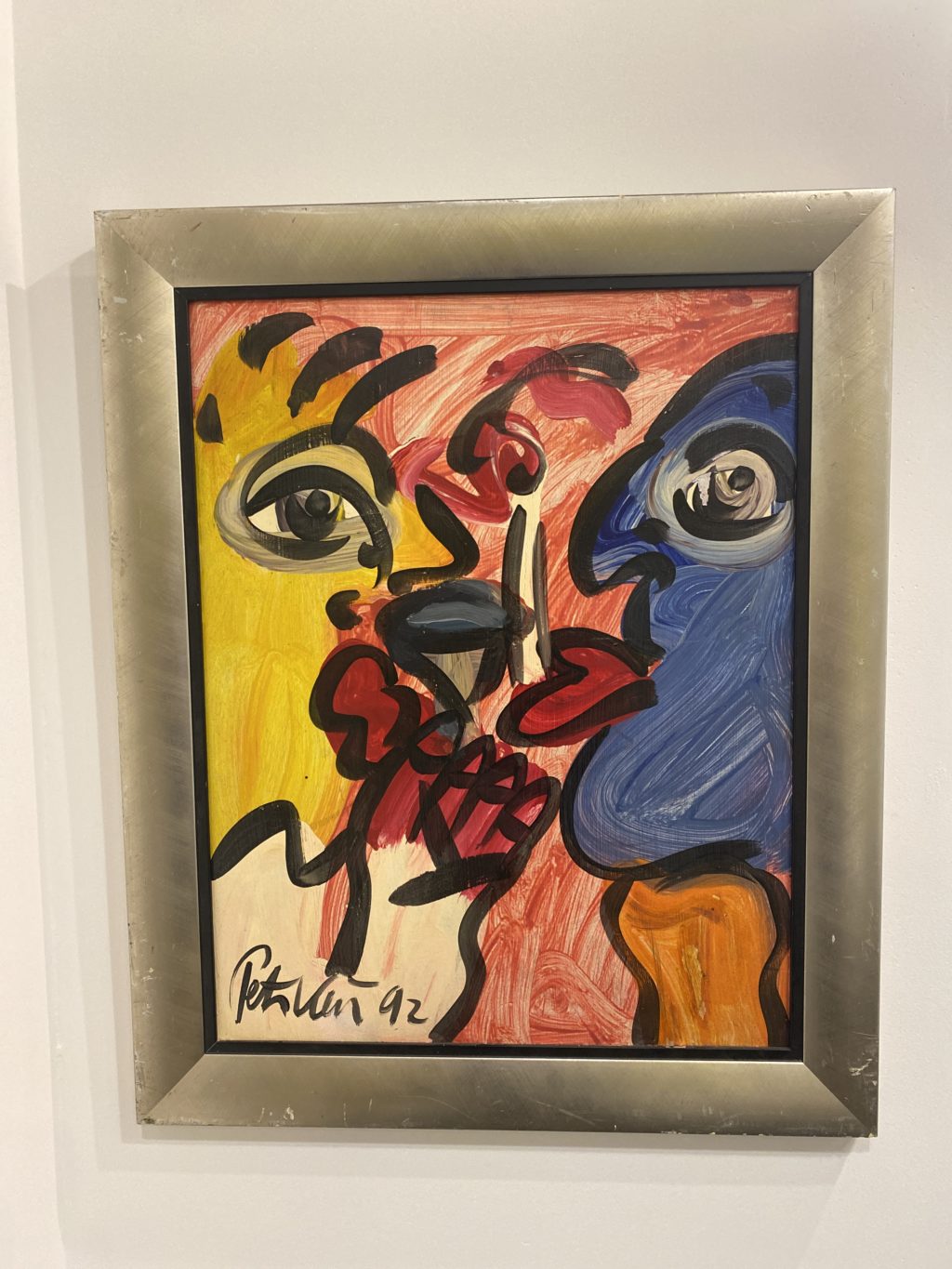
Born in August, 1942 in Züllichau, Brandenburg, German painter and Sculptor Peter Robert Keil had an early childhood that was plagued with chaos and hardship. He lost his father during World War 2 on the Eastern Front, after which his mother took him to West Berlin. However, the days of despair and difficulty were far from over. While in West Berlin, the two never found a permanent residence, and had to resort to squatting in various backyards, parks and streets. For Keil, there was one glowing respite. He would frequent the art section at the local library, where he would spend hours poring over the works of various artists. Keil was particularly drawn to the world of painter Pablo Picasso, whom he would later meet in Spain. He was enamored by the radiance and vividity of the works of these great artists, which offered a stark contrast to the lustreless, melancholy life of a war-torn Berlin.
Keil met artist Otto Nagel when he was 15, which would prove to be a turning point in his life and career. Nagel was much more than an art teacher; he became Keil’s mentor and friend, and gave Keil the artistic vision that he needed to break out of his rut of desolation and ruin. Under Nagel’s instruction, Keil viewed the neighborhoods he had lived in with the lens of an artist and not a street urchin. He learned colourist theory, various painting techniques and the art of realistic painting from nature. Later, Keil would build and hone his skills at the Berlin Academy of Fine Arts (Akademie fur Bildende Kiinste). The academy offered him the opportunity to deepen his understanding of his own artistic interests, as well as allowing him to connect with artists who would have a great impact on his art and life.
Keil would later form a close association with artist Juan Miro, and he would often join Miro in his studio in Palma, Mallorca. This was a dramatic change of scenery from dreary Berlin, and the two took inspiration from the sunny luminescence of their environment. Previously, Keil had a distinctly realistic approach to painting, which reflected the sights he had witnessed in his youth, including cityscapes and depictions of outcasts and low-lifers. Now, his style began to evolve into neo-Expressionism, and he adopted a more spontaneous, uninhibited approach to painting. Using quick, dynamic brushstrokes, as well as the incorporation of abstract graffiti motifs and impasto painting, Keil began experimenting with vivid colors and avant-garde techniques.
This transition would further cement itself when Keil moved to Paris, where the blasé, buoyant lifestyle gave him an abundance of new subjects to draw, including a number of eccentric characters he would meet on the streets. He found it incredibly freeing to break out of the constraints of social convention to portray these unusual subjects, and his pieces were injected with emotion and meaningful beauty. Keil painted on a number of different media, including canvas, ceramic and cardboard, and his works are widely admired for their social critique.
Image Credit: Robin Mischko/Keil-Collection Heidelberg, CC BY-SA 3.0, via Wikimedia Commons

